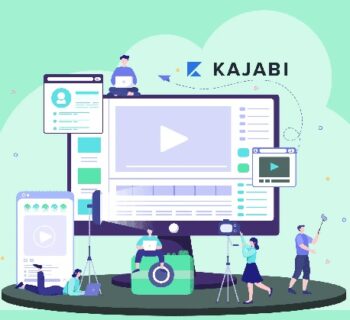Enterprises need to continually evolve to stay competitive. This depends on employees continuously building new capabilities. Leadership plays a pivotal role in developing cultures centered on learning and development.
Setting the Tone at the Top
For continuous learning to take root in an organization, senior executives must actively model the mindset and behaviors expected from staff. Leadership should express the strategic importance of skills development in internal communications. For example, the chief learning officer might publish a monthly newsletter emphasizing new capabilities needed to support expansion into an emerging market.
Likewise, the CEO could use corporate training solutions provided by continuing education providers such as ProTrain to enroll the C-suite in executive education programs. When leaders visibly commit time and resources to upskilling, they signal its fundamental value to employees. Furthermore, management should openly discuss learnings from training initiatives with teams. Sharing key takeaways demonstrates firsthand how new knowledge gets applied to advance corporate strategy. Authentic engagement from executives provides permission for employees at all levels to pursue growth opportunities.
Empowering Managers to Support Development
Middle managers serve as a critical bridge between strategic imperatives and frontline operations. As such, they are best positioned to reinforce continuous learning in day-to-day interactions. Leadership must clearly articulate development priorities across the enterprise and equip managers to execute them. For example, annual skills audits might reveal a collective gap in advanced data analytics. Management could sponsor corporate training solutions on digital fluency specifically for frontline supervisors. Armed with new insight around leveraging data, supervisors can then mentor their teams on applying enhanced analytics capabilities to key performance indicators.
Additionally, leadership should consistently message the importance of making time for development initiatives despite pressing deadlines. They must also implement processes for managers to share training resources across interconnected teams. Keeping middle managers informed and empowered means they become instrumental in connecting essential skill-building to real work outcomes.
Promoting Grassroots Learning
While formal training opportunities are invaluable, continuous learning is fundamentally driven by employees intrinsically motivated to stay relevant. As such, leadership plays a key role in fostering grassroots development initiatives that give staff autonomy in expanding their capabilities. For example, they might encourage the creation of communities of practice centered on disciplines employees aim to explore, like design thinking or inclusive leadership.
Sponsoring self-governed groups where peers exchange knowledge builds capability organically. Additionally, management could implement policies for “Innovation Time”, where they schedule work hours for employees to focus solely on upskilling in domains of their choice, with no strings attached. Leadership should then provide platforms for staff to showcase learnings from independent study to the broader organization through forums like workplace tech talks or skills fairs.
Instilling a Coaching Culture
While structured programming builds skills, day-to-day guidance in applying new knowledge drives adoption. Prioritizing a coaching culture across the company means leadership enables continuous learning through sustained support for employees. Manager training is essential to ingrain core competencies like motivational interviewing techniques, growth mindset development, and goal-setting protocols centered on capability-building.
Hiring dedicated coaches as part of the human resources department provides professional guidance scaling across the enterprise. Formalizing mentorship initiatives can also expand growth channels between experienced and emerging talent. Ultimately, embedding dedicated champions for development across the organizational network hard-wires assistance for continuous skill enhancement.
Conclusion
Creating learning organizations that evolve with the pace of change is a pressing mandate for modern enterprises. Leadership plays a profoundly influential role through every facet of this transformation. Empowering grassroots development allows capability gains to flourish organically within the company’s ecosystem. Ultimately, leadership must make continuous learning a cultural norm.








